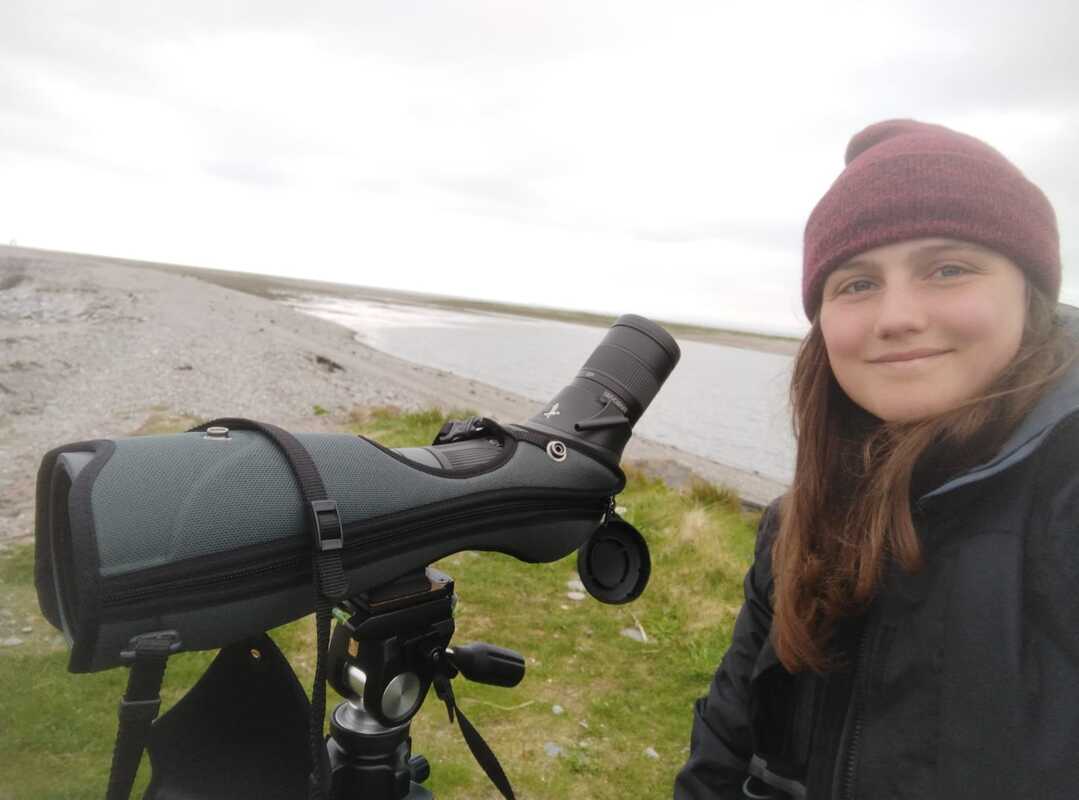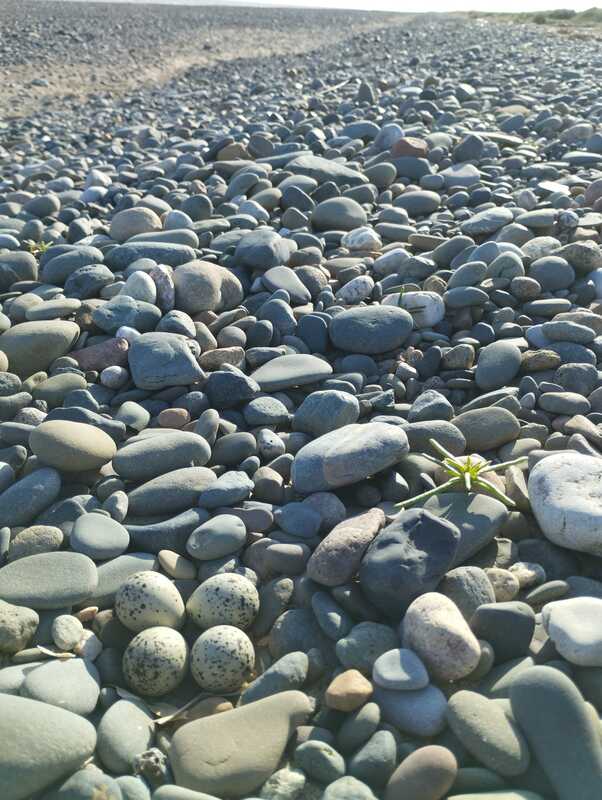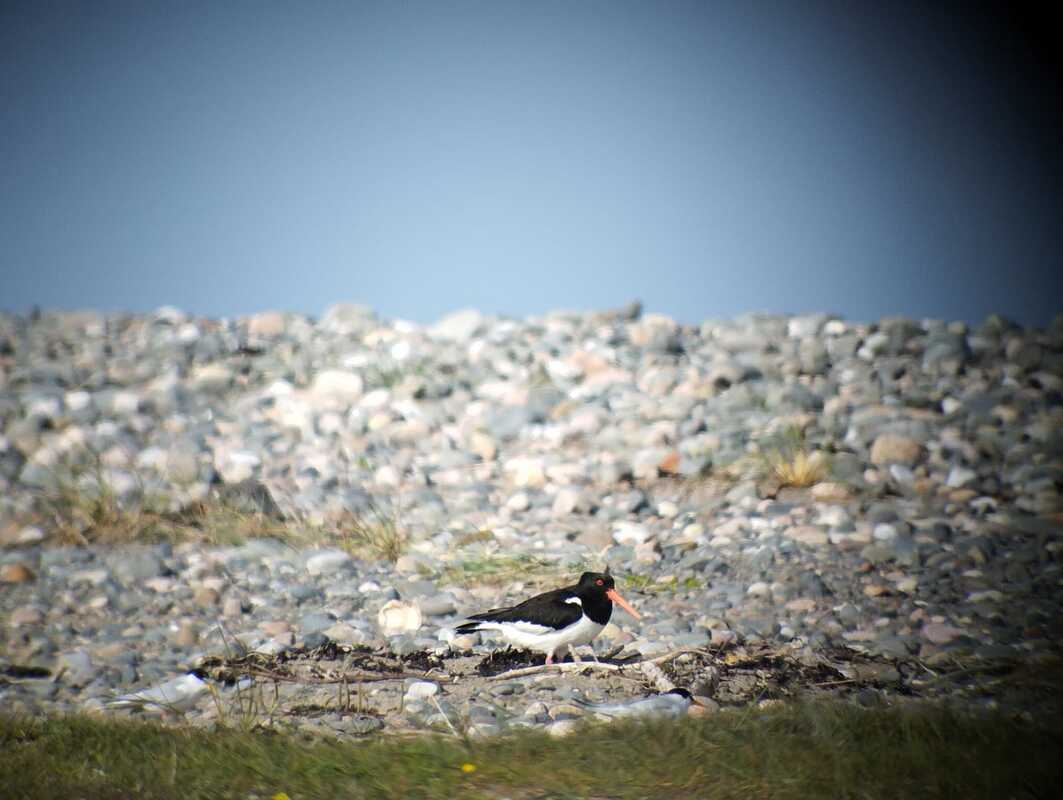|
My name is Jessie, and I’m this year’s seasonal warden at Cumbria Wildlife Trust’s South Walney Nature Reserve. South Walney is a beautiful reserve that I feel very lucky to be calling home this summer, and it’s a home I share with a lot of amazing wildlife. Whether it’s intently scanning our shingle beaches for the nests of ringed plover or oystercatcher, counting the hundreds of eider duck that roost here at high tide or chatting to visitors, there’s plenty to keep me busy here. I’m employed by Cumbria Wildlife Trust, but my job is a part of the Life On The Edge (LOTE) project, an EU funded project lead by the RPSB. LOTE is dedicated to understanding, monitoring and improving the quality of coastal habitats, with a particular focus on oystercatcher, ringed plover and little tern. Engaging with visitors and reducing the impact of visitor disturbance on nesting birds is one of the most important parts of this, which can include keeping people away from the most important nesting areas and strict rules on dogs. All of our breeding shorebirds are very vulnerable to disturbance, as although their incredibly camouflaged nests provide excellent protection from predators it also means that people don’t notice them and can very easily step on them. Sadly, dogs are also a threat – even the most well-behaved dog will be seen as a predator by a nesting bird, and repeated encounters with dogs can cause birds to abandon their nest. In the worst cases, out of control dogs can actually attack or even kill wild birds, although this is rare. All breeding birds are protected under UK law, so we all have a duty to do our bit to protect them where we can! Here at South Walney we don’t allow any dogs (except assistance dogs) and there is no public access to the beach, and this goes a long way to protecting the beautiful wildlife that calls this place home. The best part of my job has to be nest surveying. I have to scan far ahead of me on the beach for any signs of nesting or territorial birds, and be incredibly careful where I walk to avoid stepping on the very thing I’m looking for – eggs perfectly disguised as pebbles. These may be the eggs of oystercatcher – unmistakable with their black and white plumage and vivid orange bills – or of ringed plover – looking a little like a forgotten member of the Incredibles with their distinctive black mask. Nest finding requires patience, a keen eye and keeping on constant alert for the slightest movement or the faintest alarm call from a nearby ringed plover. Although I have to say oystercatcher alarm calls are never exactly faint, and often I find myself being shouted at by an oystercatcher 200m away that I hadn’t even noticed yet! In the last week I have been lucky enough to find 3 little tern nests. Little terns are the UK’s smallest breeding tern, with a bright yellow bill and a very distinctive chirping call. Like many seabirds, they migrate from Africa to Europe every spring to breed, and will return there again in the autumn. I’m very excited to have them breeding here at South Walney and will be crossing my fingers for a successful breeding season! Stay posted for regular updates from me and if you’re visiting you may see me out and about – come and say hi!
0 Comments
Leave a Reply. |
Archives
April 2024
Categories
All
Photo credits: Oystercatcher by Katie Nethercoat (rspb-images.com)
LOTE Logo credits: Saskia Wischnewski |




